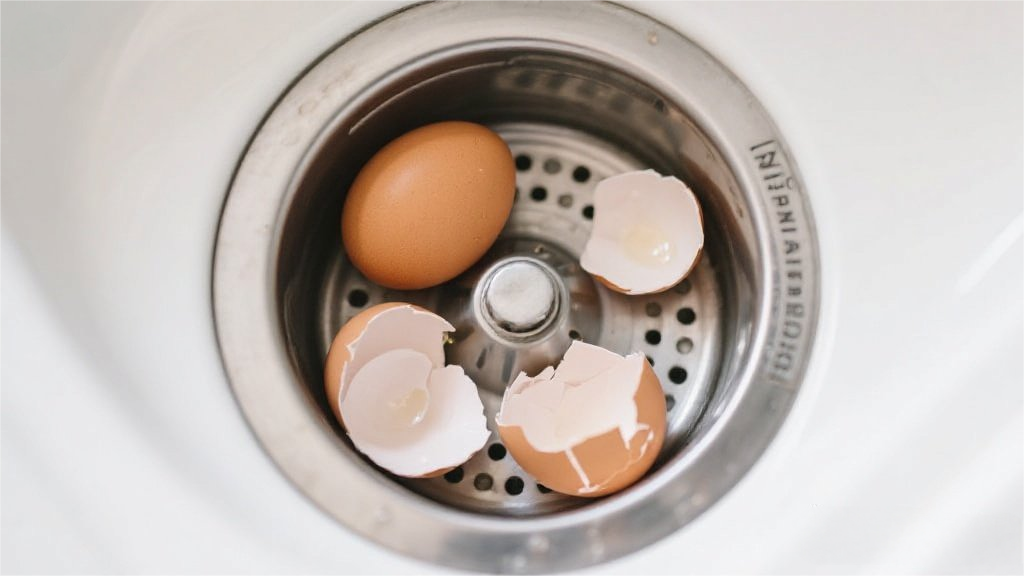If you want perfect skillet bacon—crispy, golden, and not a soggy strip in sight—there’s a simple trick that guarantees killer results every time. Forget the usual flip-and-pray method; the real secret lies in starting with a cold pan. That’s right, no preheating needed. Just lay your bacon in the skillet, turn the heat to medium, and let the magic happen. The slow, even rendering of fat ensures maximum crispiness without the dreaded burnt edges. Now, let’s dive into why this method works and how to master it like a pro.

Most people toss bacon into a hot pan, thinking it’ll cook faster. But here’s the thing: bacon is basically fat with a side of protein, and fat needs time to melt properly. When you start with a cold pan, the bacon heats up gradually, allowing the fat to render slowly and evenly. This means no sudden temperature spikes that can lead to uneven cooking—some parts rubbery, others charred. Instead, you get uniform crispiness from end to end. Plus, the rendered fat acts like a built-in frying medium, basting the bacon as it cooks. It’s like giving your bacon a spa day where it literally cooks in its own luxurious juices.
First, choose your weapon: a cast-iron skillet is ideal for even heat distribution, but any heavy-bottomed pan will do. Arrange the bacon in a single layer—no overlapping, unless you’re into chewy spots. Turn the heat to medium (not medium-high, that’s a rookie mistake). As the pan warms up, you’ll notice the bacon starts to sweat, then sizzle. This is when the fat begins to render. Resist the urge to crank the heat; patience is key. After about 10 minutes, flip the strips. By now, they should be curling slightly and turning a beautiful amber color. Continue cooking until they reach your desired crisp level—usually another 5-10 minutes. Drain on paper towels, and boom: bacon nirvana.
Want to elevate your bacon game even further? Try these expert tweaks. For extra-crispy results, add a splash of water (about ¼ cup) to the pan at the start. It sounds counterintuitive, but the water helps render the fat more efficiently before evaporating, leaving behind perfectly crisp strips. Another trick: sprinkle a tiny bit of brown sugar or black pepper on the bacon as it cooks for a sweet or spicy kick. And if you’re cooking a large batch, drain the excess fat halfway through (save it for roasted veggies or frying eggs—waste not, want not). Finally, if your bacon is stubbornly fatty, lightly score the rind with a knife before cooking to help the fat render faster.
Even with the cold-pan hack, things can go sideways if you’re not careful. Overcrowding the pan is a big no-no; it steams the bacon instead of frying it, leading to limp strips. If you’re cooking more than a few slices, work in batches. Another pitfall: using high heat. Bacon isn’t a sprint; it’s a marathon. Medium heat ensures the fat renders without burning the meat. And don’t forget to flip! Leaving one side untouched for too long can result in uneven texture. Lastly, avoid the temptation to press down on the bacon with a spatula—you’re squeezing out precious flavor and moisture. Let it do its thing undisturbed.
Perfect skillet bacon isn’t about fancy techniques or expensive equipment—it’s about working with the bacon’s natural properties. Starting cold, rendering fat slowly, and resisting the urge to rush the process are the keys to crispy, golden strips every time. Whether you’re piling it on a breakfast sandwich or crumbling it over a salad, this method ensures your bacon is always the star of the show. Now go forth and fry with confidence.
























